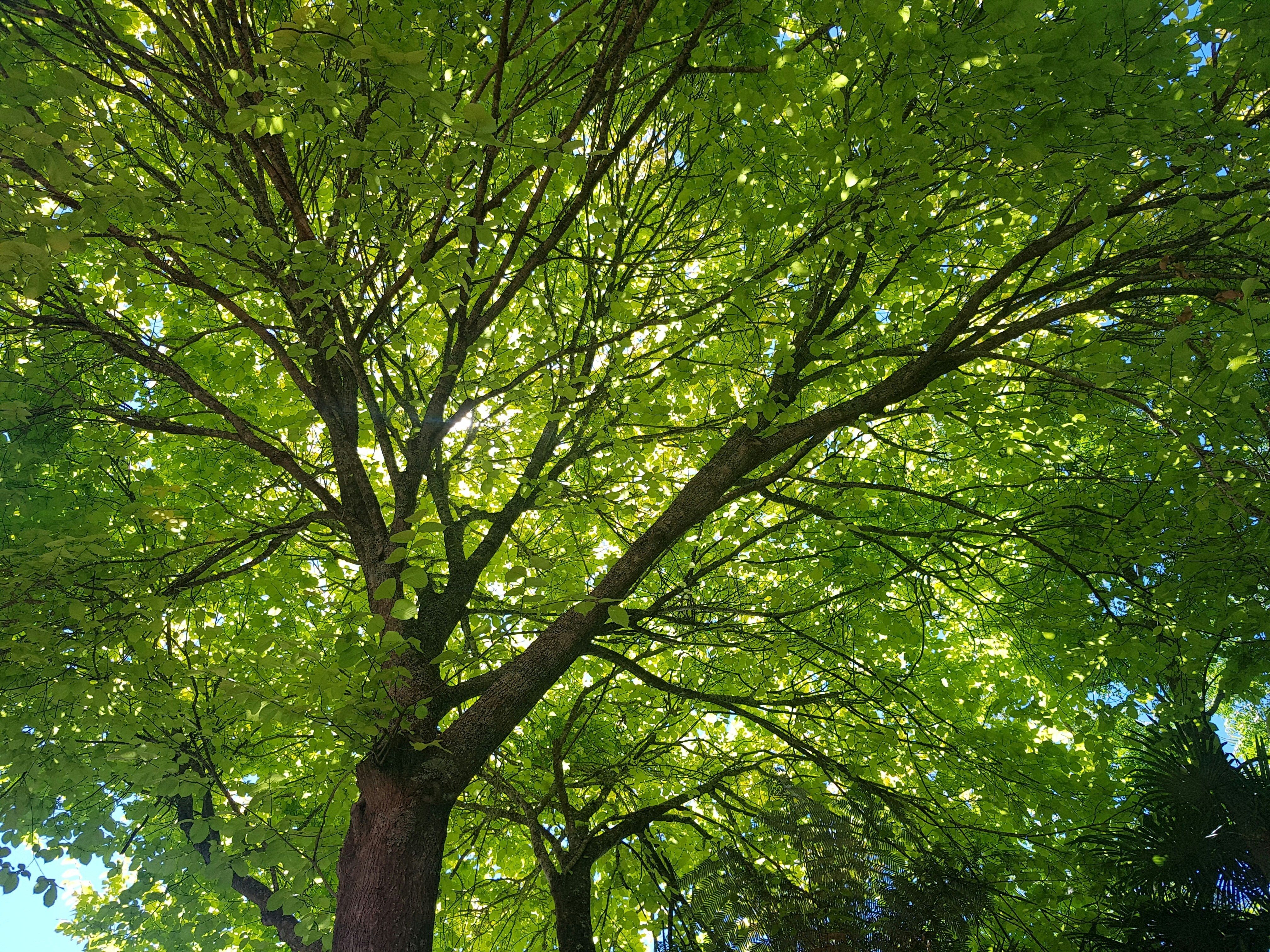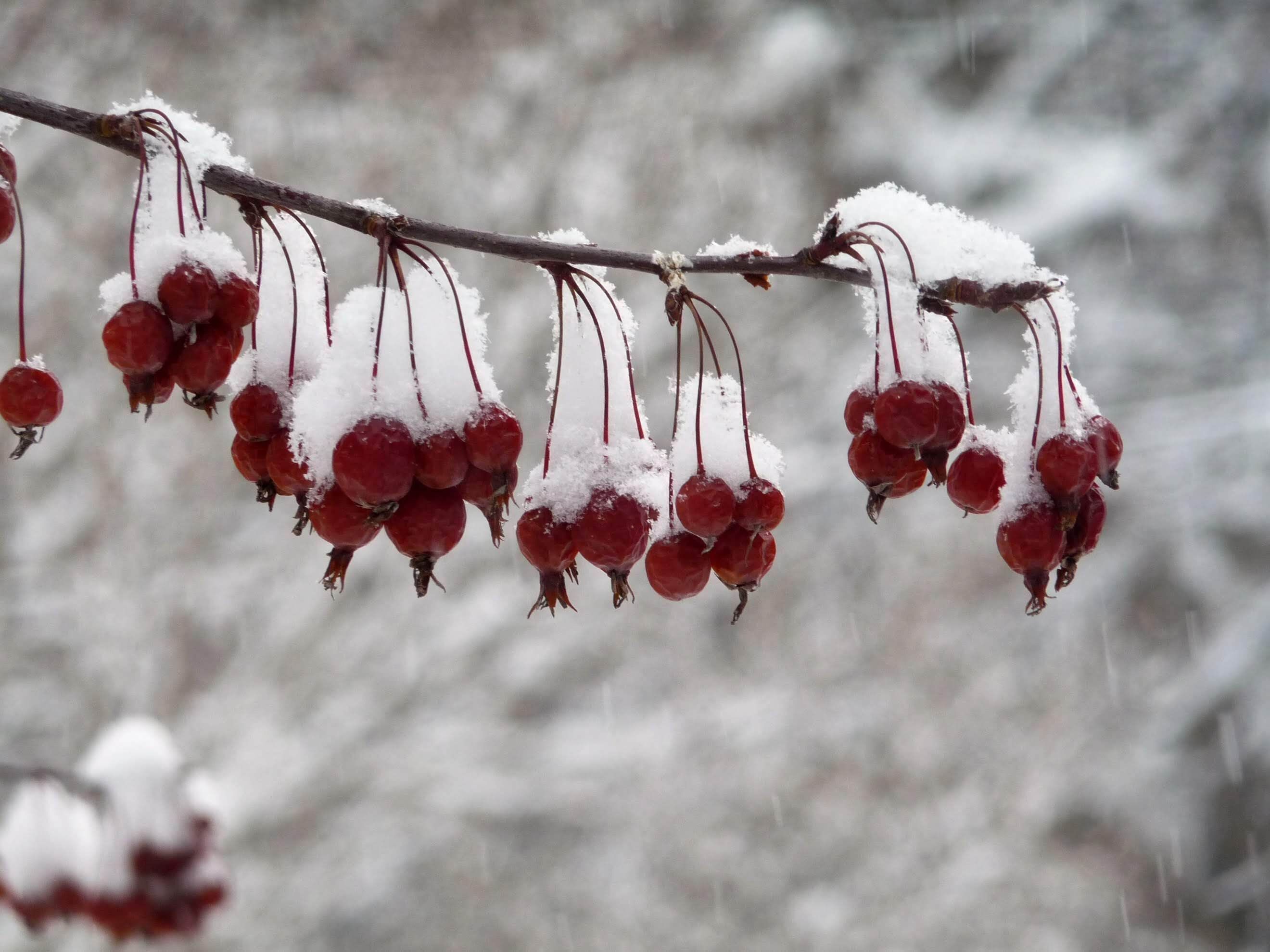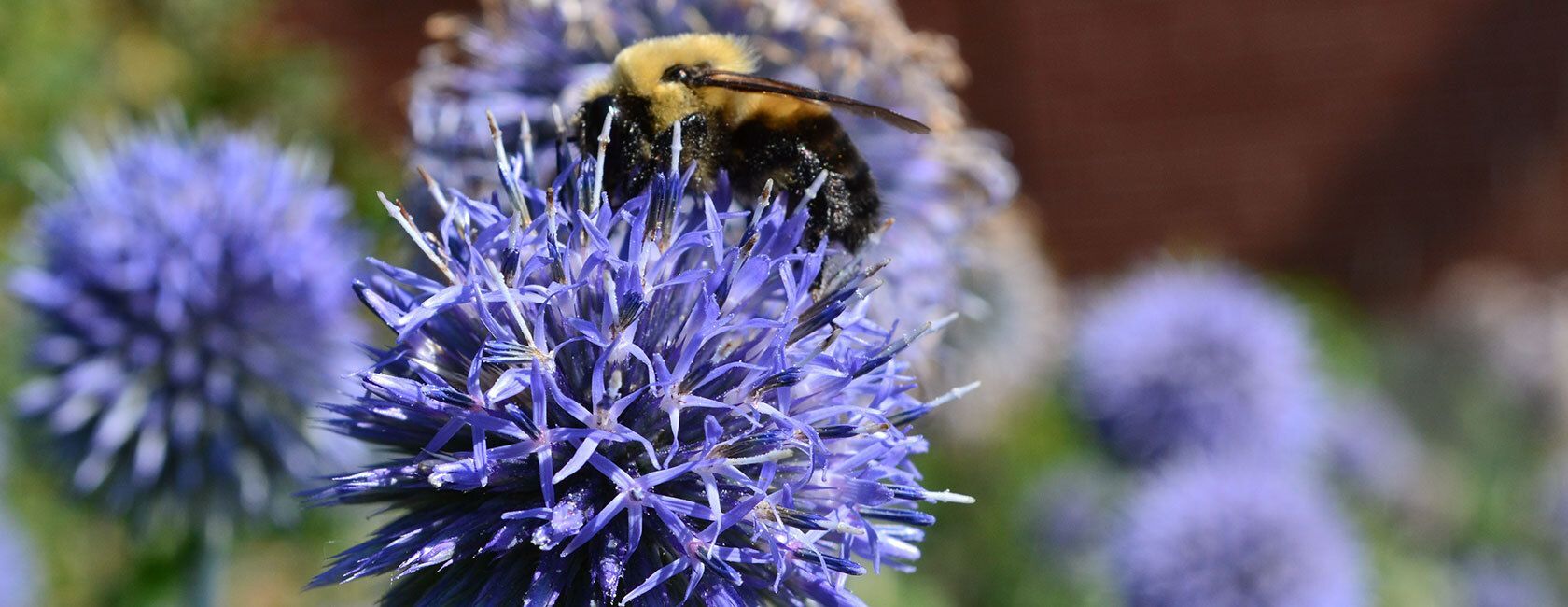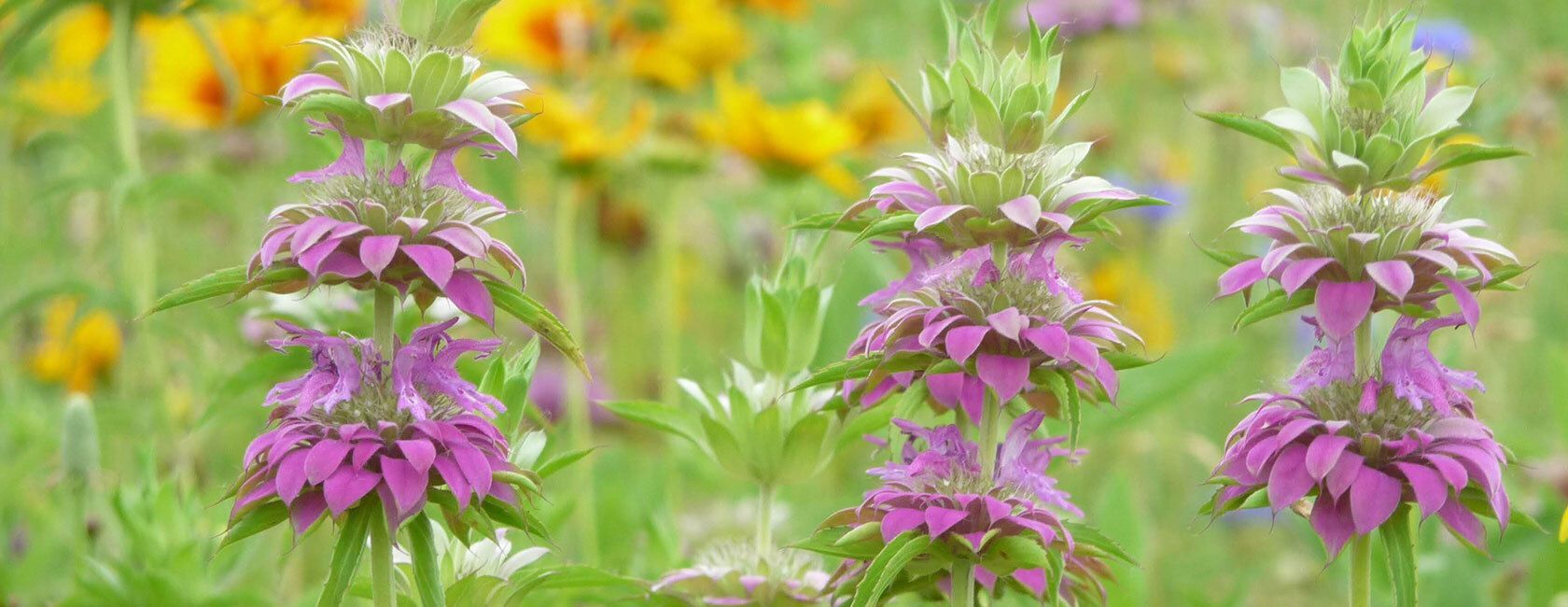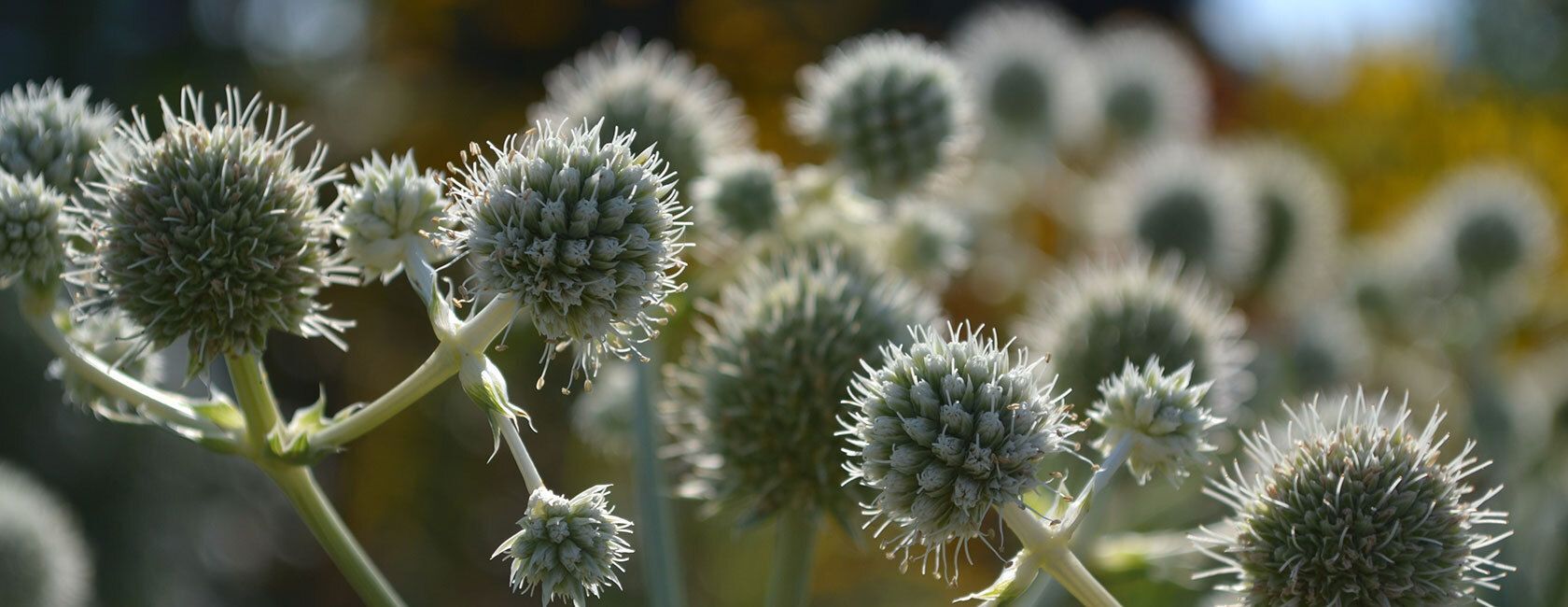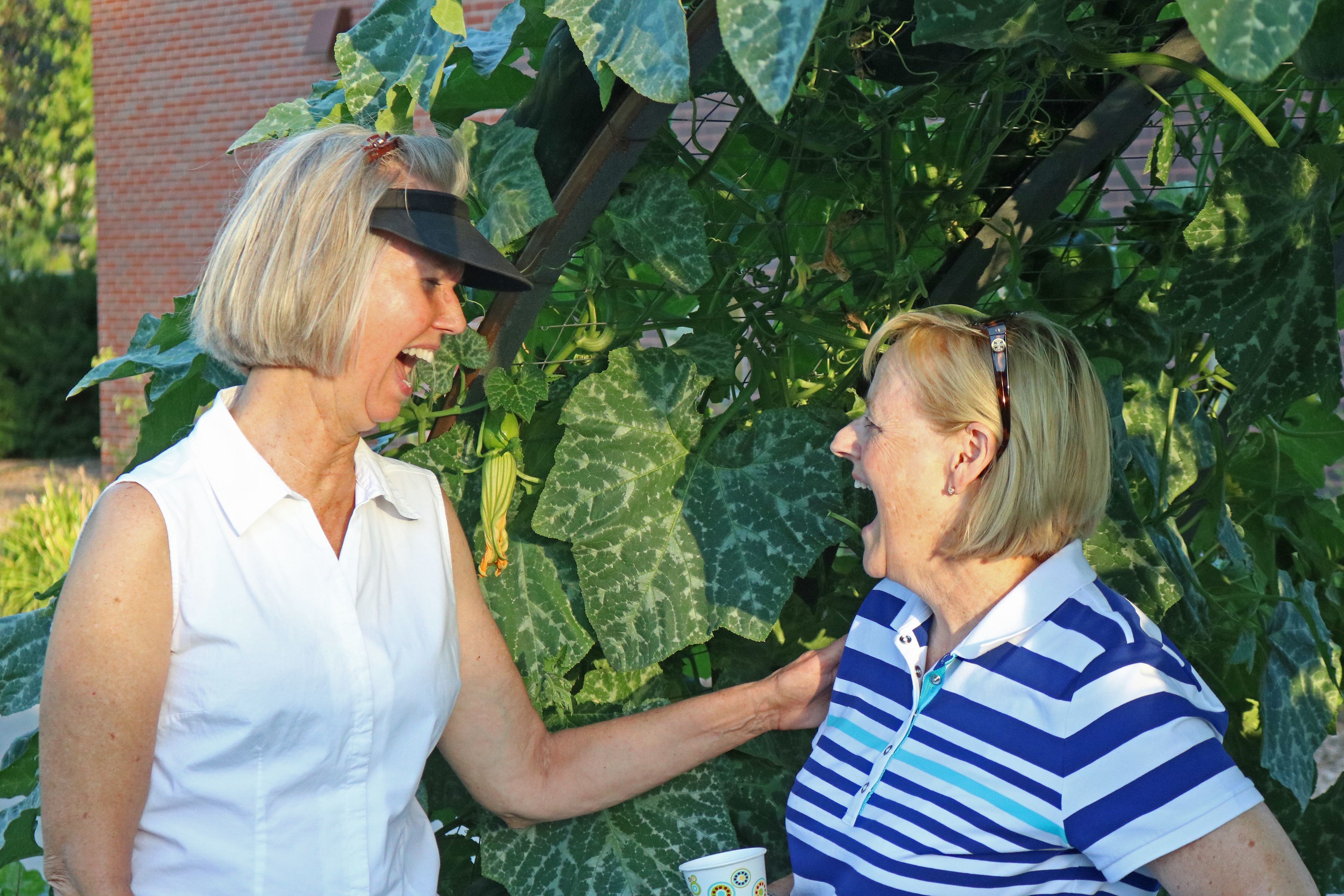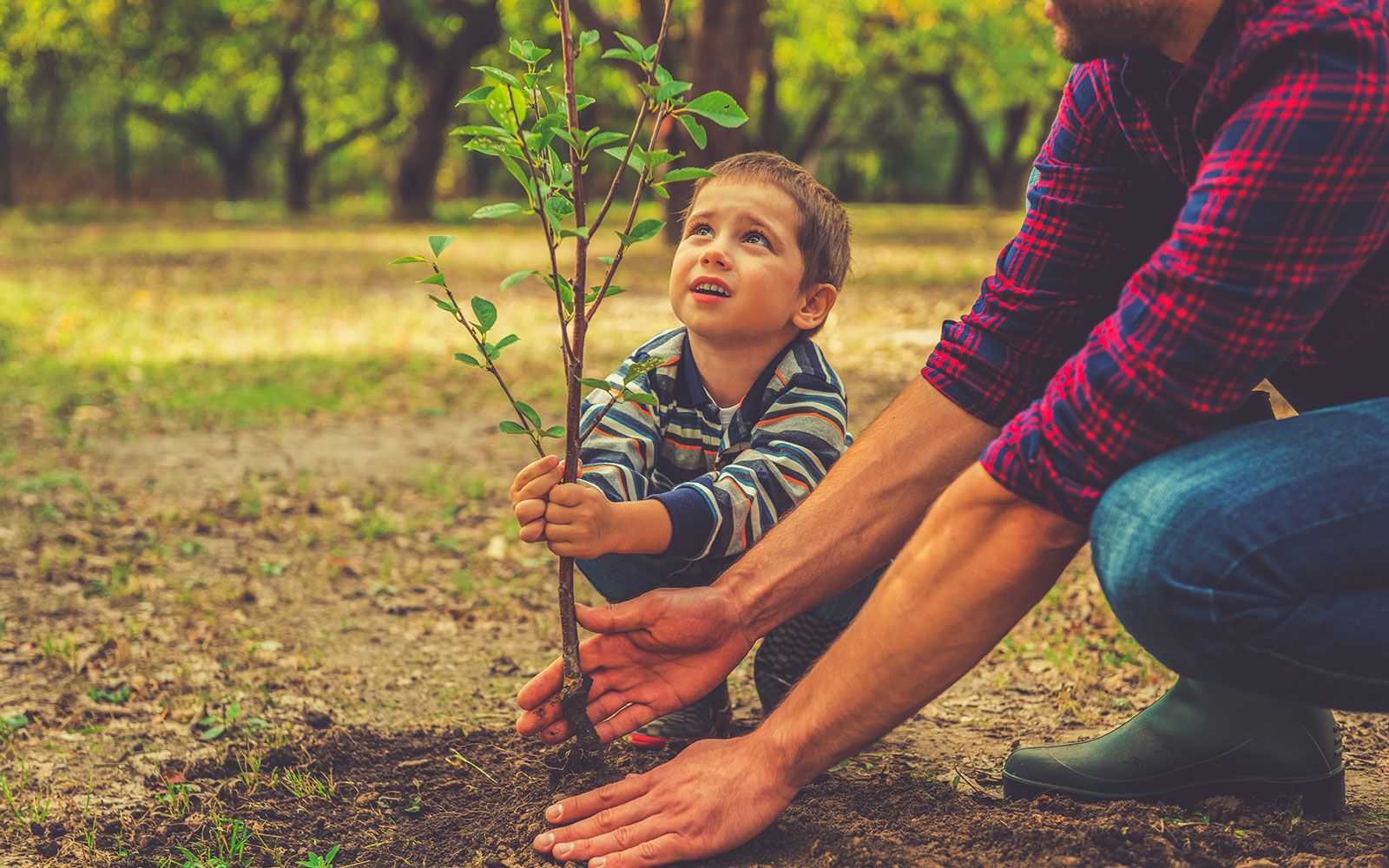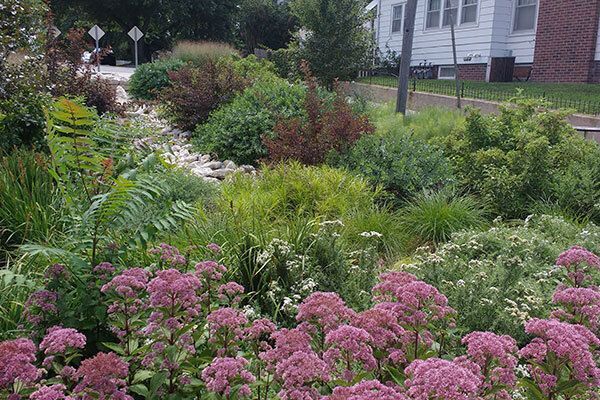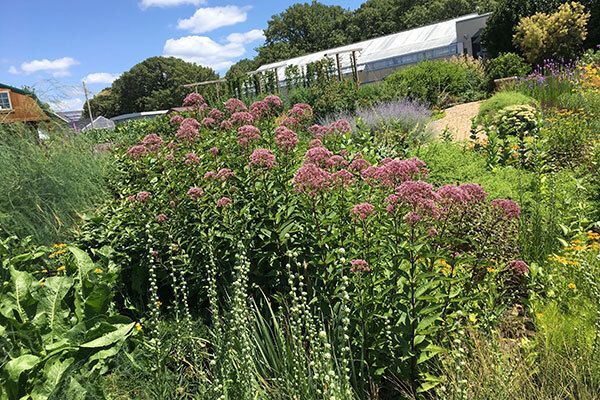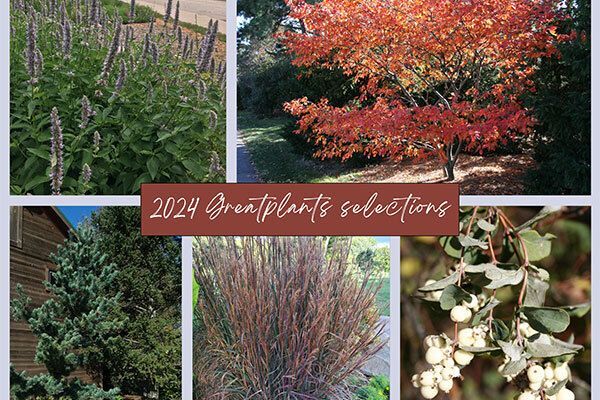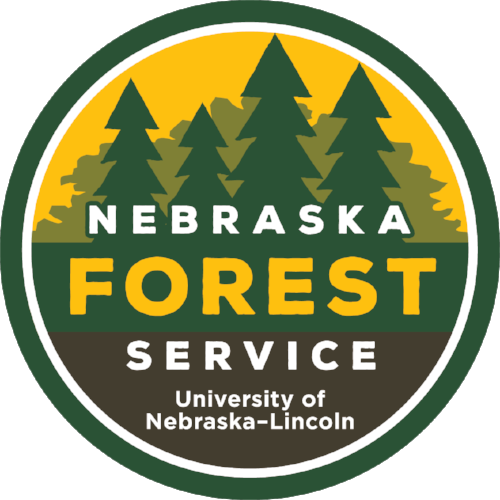
It may be only the first week of the new year, but it's never too early to start planning for spring planting, right? January is all about garden dreaming -- what to dig up and move...what to plant here and there...what to buy and what to divide? The possibilities are endless!
If attracting more birds is on your gardening agenda this year, here are a few native perennials to put at the top of your list:
Blue sage (Salvia azurea)
Black-eyed Susan (Rudbeckia hirta)
Butterfly milkweed (Asclepias tuberosa)
Prairie blazing star (Liatris pycnostachya)
Common boneset (Eupatorium perfoliatum)
Common milkweed (Asclepias syriaca)
Common yarrow (Achillea millefolium)
Compassplant (Silphium laciniatum)
These are just a few of many, and Audubon is a great resource for learning more about how to select plants to attract particular birds. Enter your zip code into their native plant database, and you'll get a list of plants specific to your area.
And if you're looking to attract a greater number of pollinators, including butterflies, bees and other pollinating insects, to your backyard this year, we have a free plants & pollinators guide that's perfect for you.
Another thing to consider when you're doing your 2023 garden planning is adding some keystone plant species to your yard this year. A keystone species is defined as an organism -- plant, animal or insect -- that helps to hold a whole ecosystem together. Without these particular species, the ecosystem would change dramatically.
When it comes to trees and plants, there are several species in the Great Plains region that are considered keystone species. Oak trees, for example, are host to 253 different species of caterpillar! Similarly, 89 pollen specialist bee species rely on sunflowers.
Check out this list of keystone plant species for the Great Plains (ecoregion 9), courtesy of the National Wildlife Federation.
For the record, Nebraska is -- and was -- home to several keystone animal species as well. The prairie dog is one keystone species, and before its numbers dwindled, the American bison was a keystone species as well.

